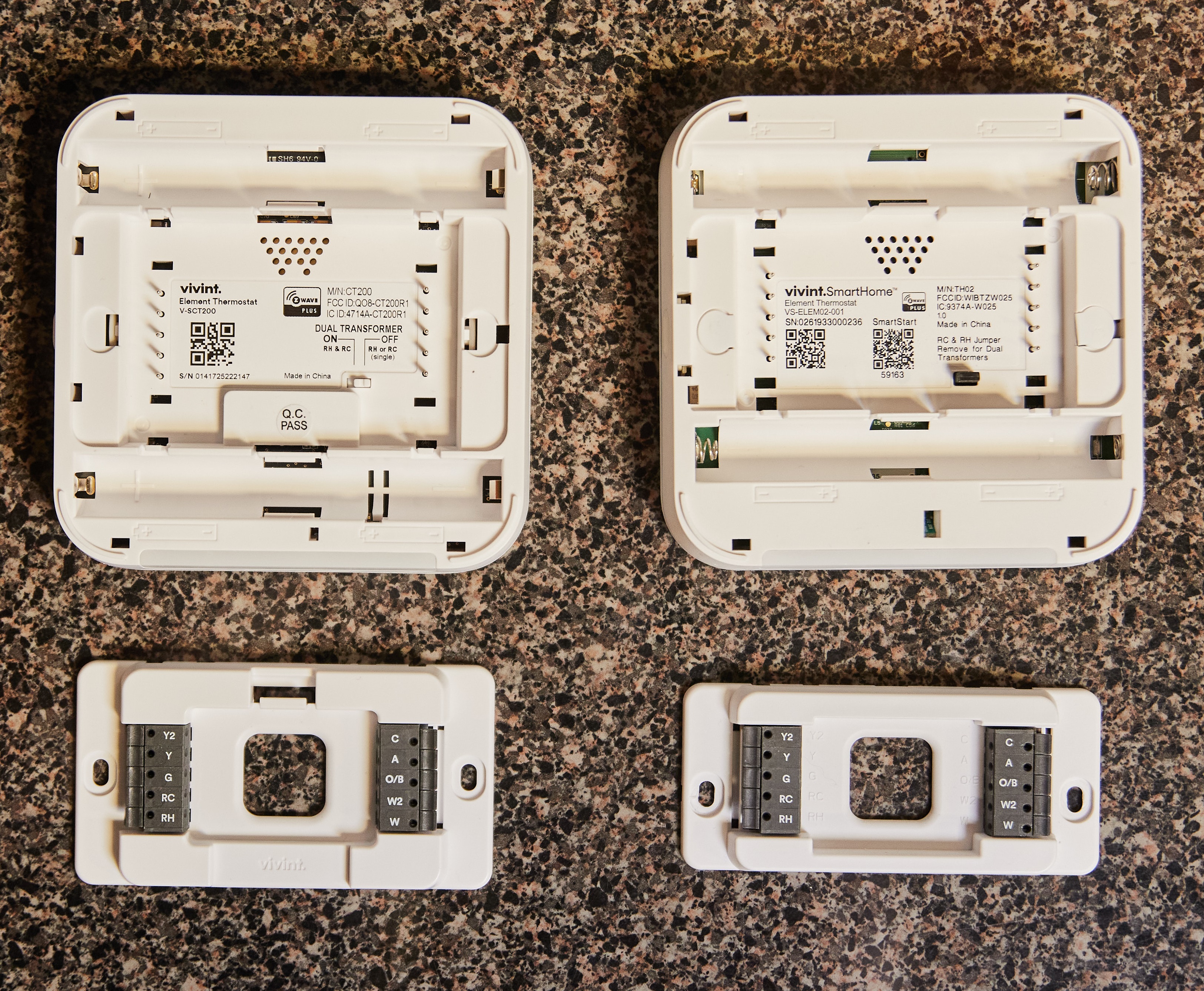
Introduction: The Key to Home Comfort
Your thermostat plays a crucial role in regulating your home’s temperature, ensuring comfort for you and your family. If you’re considering replacing your thermostat, here’s a guide to help you through the process seamlessly.
Assessment and Compatibility: Know Your System
Before diving into thermostat replacement, assess your heating and cooling system. Different systems require compatible thermostats. Check your current thermostat’s compatibility with your HVAC system and ensure the new one you choose is a suitable match.
Choosing the Right Thermostat: Options Galore
Thermostats come in various types, including manual, programmable, and smart thermostats. Manual ones are straightforward, while programmable and smart thermostats offer more advanced features. Select a thermostat that aligns with your preferences and lifestyle, considering factors like energy efficiency and remote access.
Safety First: Turn Off Power
Before you begin the replacement process, ensure your safety by turning off the power to your HVAC system. This step is crucial to prevent electrical accidents during installation. Locate the circuit breaker and switch off the power connected to your heating and cooling system.
Removing the Old Thermostat: Step-by-Step Guide
Start by removing the cover of your old thermostat. Inside, you’ll find wires connected to terminals. Take a picture or make note of the wire colors and their corresponding terminals; this will be helpful during the installation of the new thermostat. Carefully disconnect the wires, and then remove the mounting plate.
Installing the New Thermostat: Wiring and Setup
Begin the installation of the new thermostat by connecting the wires to the corresponding terminals. Refer to the manufacturer’s instructions for your specific thermostat model. Once the wiring is complete, secure the mounting plate and attach the thermostat cover. Power up your HVAC system again to test the new thermostat’s functionality.
Programming and Calibration: Set for Efficiency
For programmable and smart thermostats, take the time to program them according to your schedule. Set temperature preferences for different times of the day, optimizing energy efficiency. Calibrate the thermostat to ensure accurate temperature readings, providing precise control over your indoor climate.
Smart Thermostat Advantages: Enhanced Control
If you’ve opted for a smart thermostat, you’ll enjoy additional benefits. These devices often offer remote access through smartphone apps, enabling you to control your home’s temperature from anywhere. Explore the full range of features, including energy usage reports and compatibility with smart home systems.
Troubleshooting and Testing: Ensure Proper Functionality
After installation, perform thorough testing to ensure your new thermostat is functioning correctly. Verify that it accurately reflects the temperature, and test the heating and cooling modes. Address any issues promptly, and consult the user manual or manufacturer’s support if needed.
Regular Maintenance: Extend Lifespan and Efficiency
To keep your new thermostat performing optimally, conduct regular maintenance. Clean the thermostat and its surroundings, ensuring there’s no dust or debris affecting its sensors. Schedule periodic checks to catch any issues early on and maintain a comfortable and energy-efficient home.
Conclusion: Enjoying a Well-Regulated Home Environment
Replacing your thermostat is a manageable task that can significantly enhance your home’s comfort and energy efficiency. By understanding your system, choosing the right thermostat, and following proper installation steps, you can enjoy precise temperature control tailored to your lifestyle.
For an in-depth guide and expert tips on how to replace a thermostat, visit Replace a Thermostat.

